|
May 8, 2017 - CAUTION!!! THIS WEBPAGE IS UNDER CONSTRUCTION - PLEASE DON'T REFERENCE NUMBERS UNTIL CONSTRUCTION IS COMPLETE! |
|
Can we replace Palisades Nuclear Plant with Wind, Solar and Energy Storage? The question is complex because of the massive scale of the project. But, if we break it down we can answer the most important questions: First, from a technical stand point can we replace Palisades with a Wind/Solar/Storage System that will have the same 24/7/365 capacity and reliability? Second, what are the economics? Does a Wind/Solar/Storage system have an attractive ROI? Third, we'll consider the Grid interconnections. Forth, we'll look at employment potential (short and long term) Finally, we'll consider Policy that would help transform our energy system. 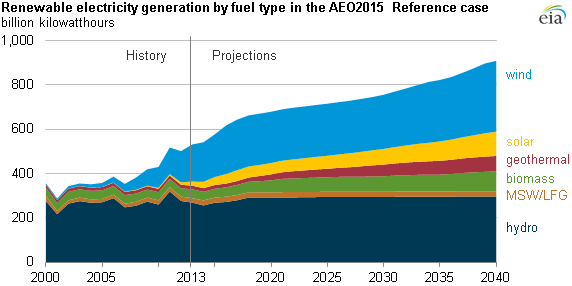 Economics: "...utility-scale solar and wind electricity generation is already more economical than coal and nuclear generation and on a par with, or cheaper than, natural gas generation. As this report shows, advances in energy storage and in electricity-system-related communications technology will make it possible to have a reliable and resilient zero-emissions electricity system by 2050 that is more economical than business-as-usual and that is based almost entirely on variable wind and solar resources." page 7 of Renewable Maryland 2016 Study "This report details a Climate Protection Scenario that can also be seen as a scenario for healthy prosperity. It shows that an energy system to protect climate would be 4 to 23 percent more economical than business-as-usual (BAU). It will save Marylanders between $1.3 billion and $7.3 billion a year (2011 dollars) in energy costs in 2050..." http://ieer.org/wp/wp-content/uploads/2016/11/RenewableMD-Roadmap-2016.pdf A counterpoint webpage pointing out some problems about the Big Picture Idea of replacing Nuclear with Renewable Energy: http://energyrealityproject.com/lets-run-the-numbers-nuclear-energy-vs-wind-and-solar/ |
|
How Much Electricty Does Palisades Produce? If we intend to design an improved system, we must understand the current system first. Nuclear Power plants are amazing in what they accomplish. For a small facility, they produce an incredible amount of electrical energy. However, they also create an enormous amount of risk in a failure (i.e. they can make entire regions of the USA uninhabitable for hundreds of years), and create toxic wastes that must be safely stored for 10,000 years or more. PALISADES POWER! Peak Output: 800 MegaWatts Yearly Output: 6,000 Giga Watt-Hours (GWh), That is 6 Million Megawatt-Hours, or 6 Trillion KilaWatt-Hours Production Ability: 24 hours per day, months at a time with no stoppages for refueling, etc.!!! Annual Gross Revenue: 6 Trillion kWh x $.055/kWh = $330,000,000 = $330 Million Dollars per year At Risk from Meltdown or Fuel Pool Fire: (Lake Michigan, South Haven, Benton Harbor, Saint Joseph, Holland, Zeeland, Grand Rapids, Kalamazoo, Jackson, Battle Creek, Lansing, Ann Arbor, Flint, Detroit) Facility Size: 432 Acres 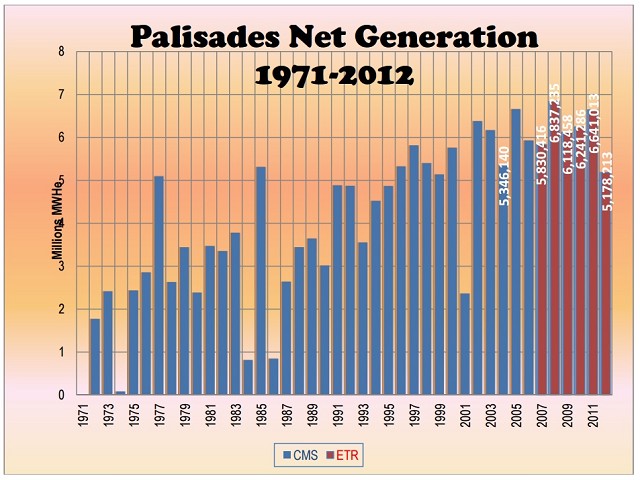 |
|
What About Wind Power? WIND POWER: 1 MegaWatt Industrial Wind Turbine = Decentralized, but large visual and physical footprint Peak Output: 1 MegaWatt per Turbine Yearly Output: 2 Million kWh per 1 MegaWatt Turbine (http://www.ewea.org/wind-energy-basics/faq/) Production Ability: Intermittant Annual Gross Revenue: 2 Million kWh x $.02/kWh = $ = $ Million Dollars per year ( https://cleantechnica.com/2016/08/18/us-wind-energy-prices-rock-bottom-levels-berkeley-lab/ ) At Risk from Failure: Localized (less than 1 Acre) Facility Size: 1 Acre?  How is wind doing in Michigan? source: https://en.wikipedia.org/wiki/Wind_power_in_Michigan 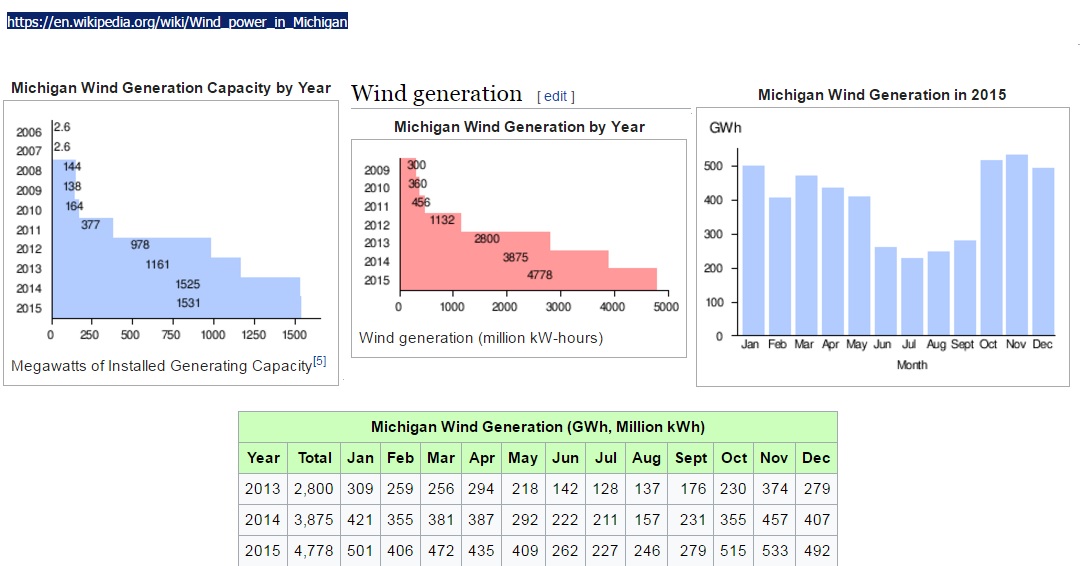 |
|
What About Solar Power? Solar PV (Photo Voltalics): 3 MegaWatt Solar Garden (i.e. GVSU) = Large physical footprint Peak Output: 3 MegaWatts Yearly Output: 3 GigaWatts Per Year???? Production Ability: Intermittant, Does not produce at night, and when covered with snow, fixed angle array, no attempt to produce power during snow covered months Annual Gross Revenue: Million kWh x $.0X/kWh = $ = $ Million Dollars per year At Risk from Failure: Localized within area of fencing Facility Size: 1 Acre? 5kW Array would produce about what is needed for each home to net Zero it's electricity use, but not take care of it's heating, or it's gasoline needs. Palisades peak output is 811 MegaWatts (per Entergy Website) x 24 hours = 19,464 MWhr / day We'd need 2,000 of the 3 MegaWatt Solar Gardens at Grand Valley State University to replace just one Palisades! 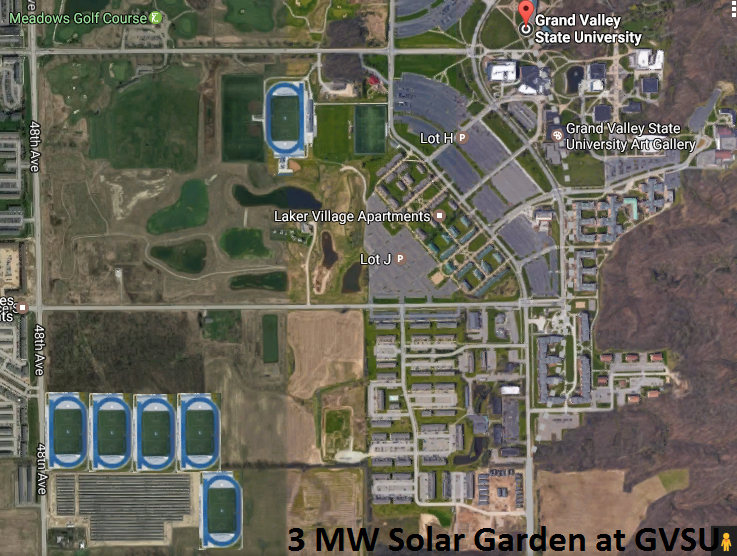 picture source: google maps modified compare outdoor football stadium footprints to Solar Garden footprint. How many solar panels would it take to replace Palisades? On Average you'd need 6,000 GigaWatt hours per year, that is 24,000,000 solar panels (250 Watt). These numbers don't make sense until you realize that residential electric use is just 37% of the total electricity use in the state. 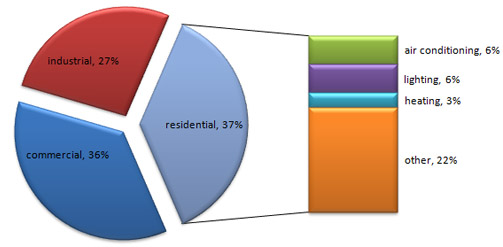 picture source: http://www.michigan.gov/mpsc/0,1607,7-159-56137-250041--,00.html Residential solar with shading issues and result of overcast and snow covered conditions  picture source: http://schultzengineering.us/solar-16-1.jpg |
|
What About Energy Storage? Energy Storage (Pumped Water, Heat Storage, Electric Battery Storage): X MegaWatt System Size = Decentralized, Located Where? Peak Output: MegaWatts Yearly Output: GigaWatts Per Year???? Production Ability: Storage, Must be recharged, efficiency Annual Gross Revenue: Million kWh x $.0X/kWh = $ = $ Million Dollars per year At Risk from Failure: Localized within area of fencing Facility Size: ? How many batteries would it take to replace Palisades? Can electric car batteries replace Palisades? Energy Storage Using Batteries Economics of Battery Energy Storage 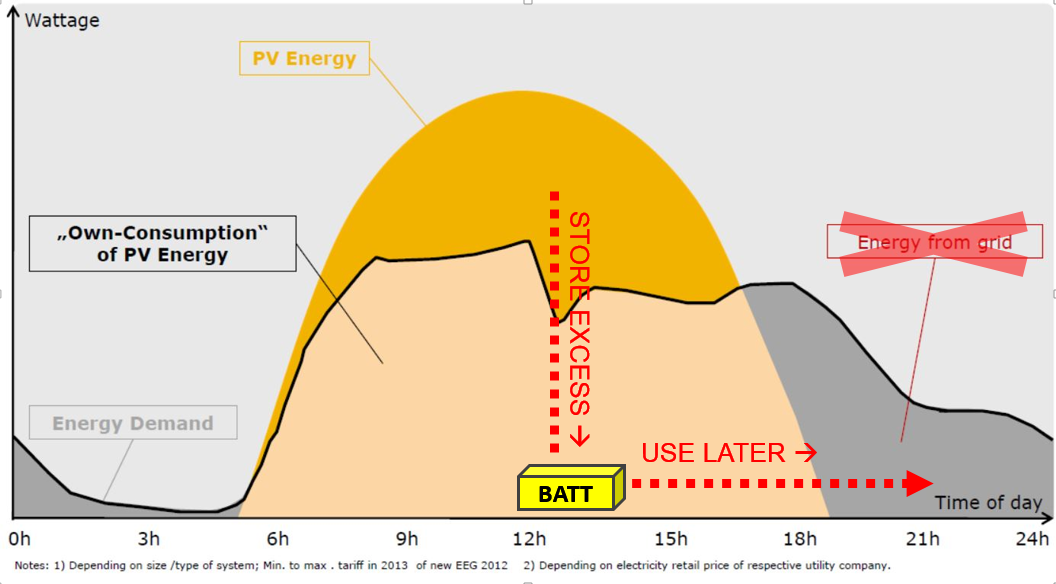 |
|
The Bigger Picture: How much electrictiy does the State of Michigan use per year? The state of Michigan used 104,632 GWh of electricity in 2011. source: https://www.eia.gov/electricity/monthly/current_year/february2012.pdf "The Scale of the Opportunity" (we're going to need a bigger calculator...") $.06/kWhr Electricity Produced by a Large Power Plant--Transmission/Utilities/Regulators--$.16/kWhr Paid by End User Palisades produces 6,000 GigaWatt Hours per year 10 Million People live in Michigan, There are about 3.8 Million Households in Michigan. The scope of replacing all electrical production in Michigan with Solar PV is Staggering! It's on the scale of putting Solar panels on EVERY roof in the State. and this still would not work, because in the winter the solar panels basically don't produce anything. and most roof tops have shading issues. Certainly cutting down trees to allow rooftop solar to function would not be a wise action to take if reducing atmospheric C02 is our goal. Technically, Can wind and solar with storage replace Palisades? Economically, Can wind and solar with storage replace Palisades? A Webpage About the Big Picture Idea of replacing Nuclear with Renewable Energy: http://energyrealityproject.com/lets-run-the-numbers-nuclear-energy-vs-wind-and-solar/  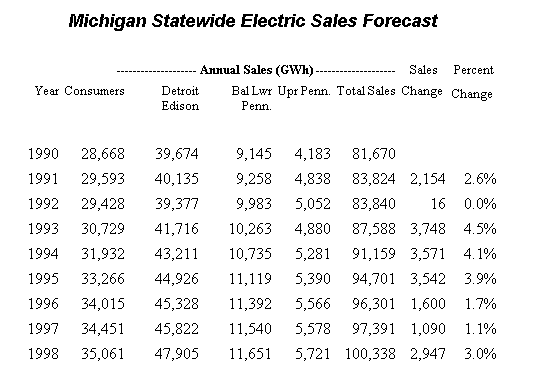 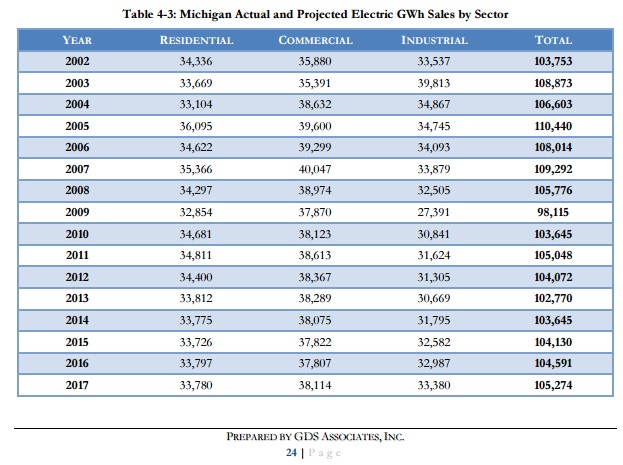 |
|
"The Grid" We turn on the light switch and the lights go on. It's simple right? No. It's a complex system that we take for granted because the cost to us is so low. 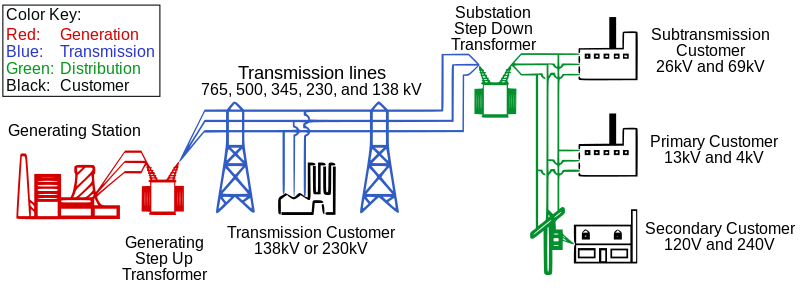 picture source: http://www.ferc.gov/industries/electric/indus-act/reliability/blackout/ch1-3.pdf Page 13 Title:"Final Report on the August 14, 2003 Blackout in the United States and Canada" Dated April 2004. Accessed on 2010-12-25 But wait, it's even more complex than that. electricity production must be perfectly balanced with demand or systems fail. The balancing act is coordianted by regional ISO and RTO organizations that predict and second by second manage the sharing of power between users and producers. 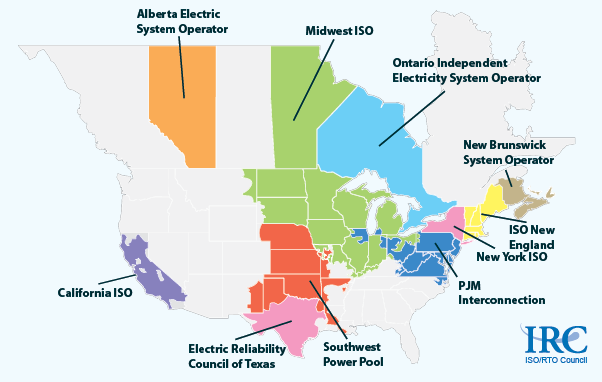 picture source: https://www.nrdc.org/experts/jackson-morris/earth-mitch-mcconnell-states-are-already-working-together-cut-carbon-and |
|
The Players In any game there are rules, and there are players. We don't often think about it as consumers, we might think that there is just the Utility company and us; We pay our electric bill and there will be lights when we turn on the light switch. But, in fact, there are many other players involved in electricity getting to our light bulbs. There are players involved in the supply of electricity: Utilities (e.g. Consumers Energy, DTE), Power Plant Operators/Owners (e.g. Entergy), Transmission Grid Owners/Operators (ITC Holdings Corp.), Regional System Operators (e.g. MISO)... There are players that use electricity: Residential, Commerical, Industrial... There are players that make rules about how electricity is produced and distributed: U.S. Congress, State Legislature, Michigan Department of Environmental Quality, EPA (Environmental Protection Agency), NRC (Nuclear Regulatory Commision), NEC (National Electrical Code), Local Electrical Codes, MPSC (Michigan Public Service Commission), US Department of Energy, Federal Energy Regulatory Commission (FERC)... picture source: |
|
Back to the Little Picture Making Renewable Energy Work at the Household Level. We know that a single household of two people can live off the grid for electricity in a modern home in West Michigan. But, that home heats with wood and drives gasoline powered cars. e.g. Maynard Kauffman and Barbara Geisler What would it take to make that home carbon neutral? What are the economic costs of doing so?  picture source: http://www.mlive.com/news/kalamazoo/index.ssf/2009/10/solar-powered_homes_help_with.html |
|
Copyright 2017 Schultz Engineering, LLC Click here for printable version of this page |